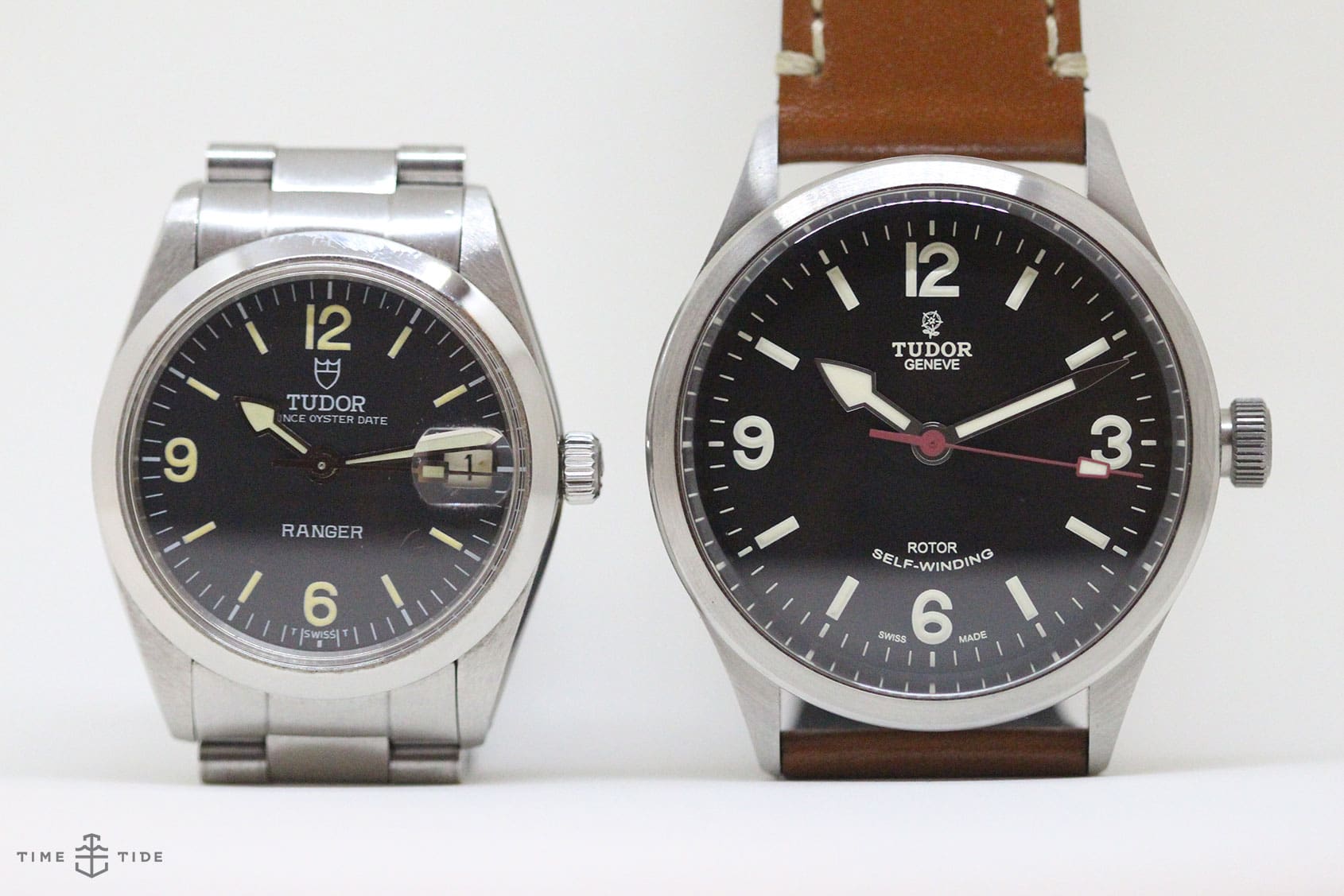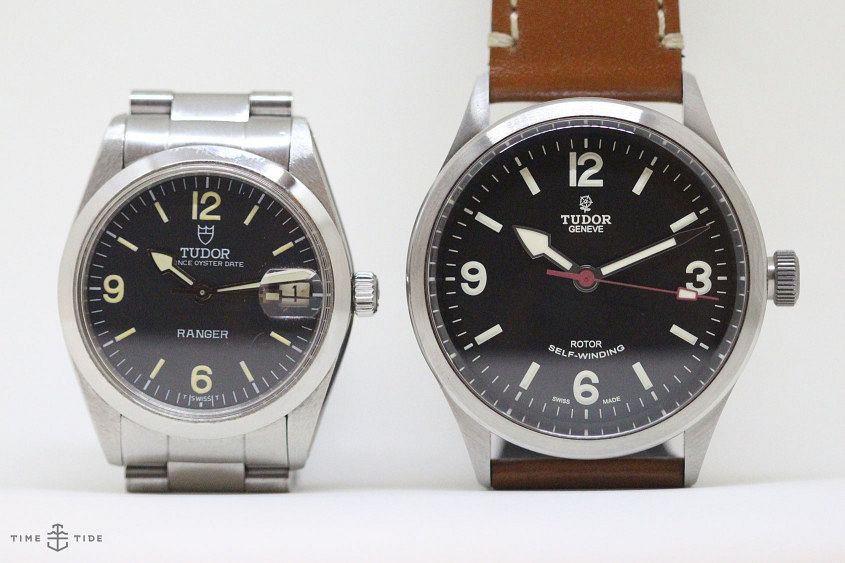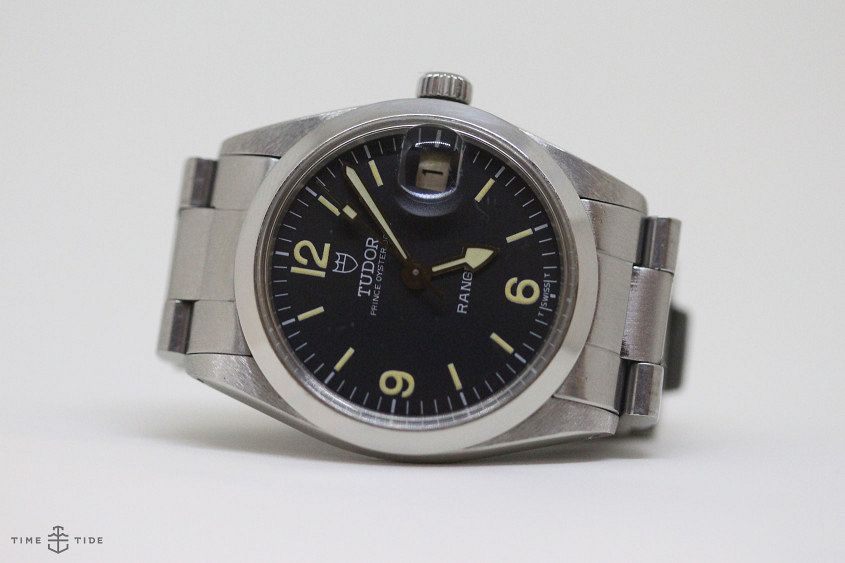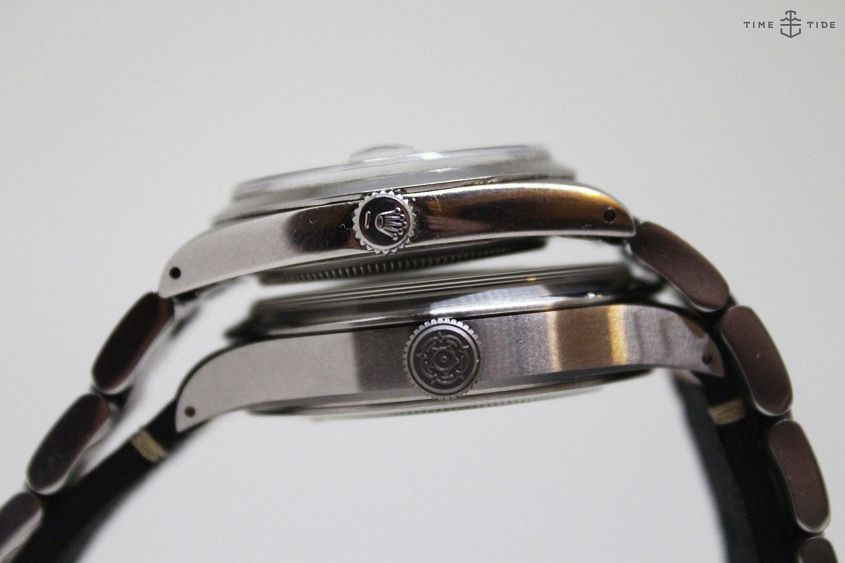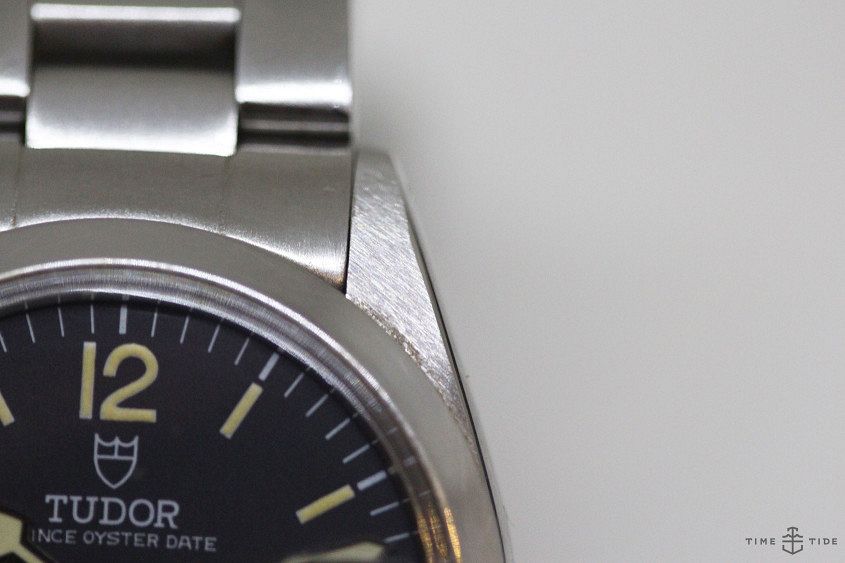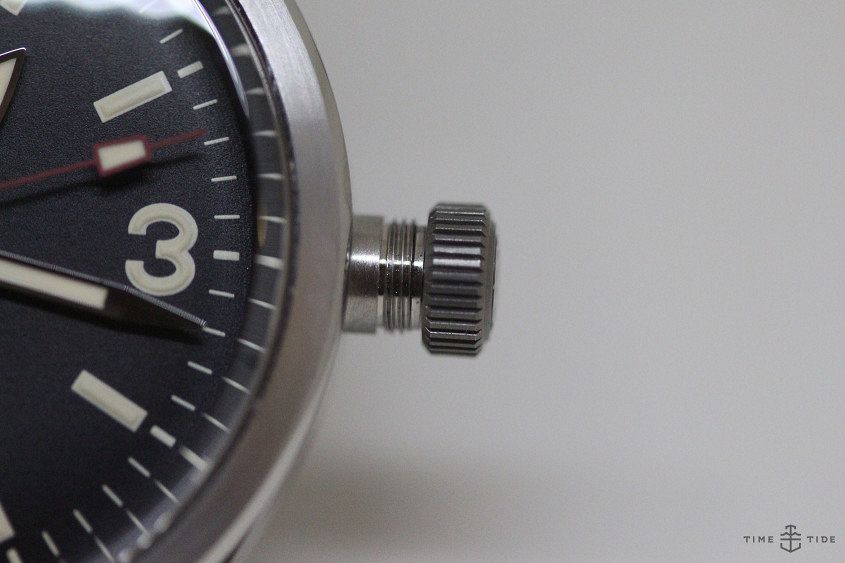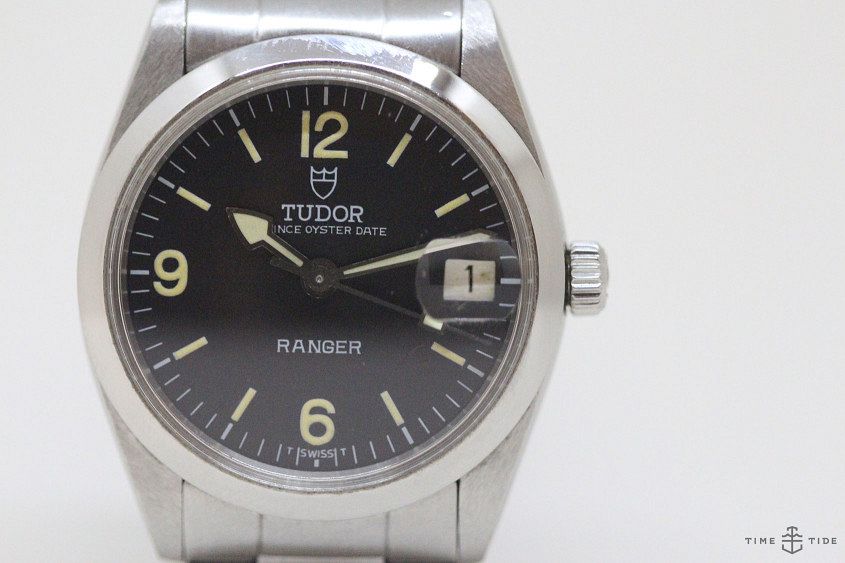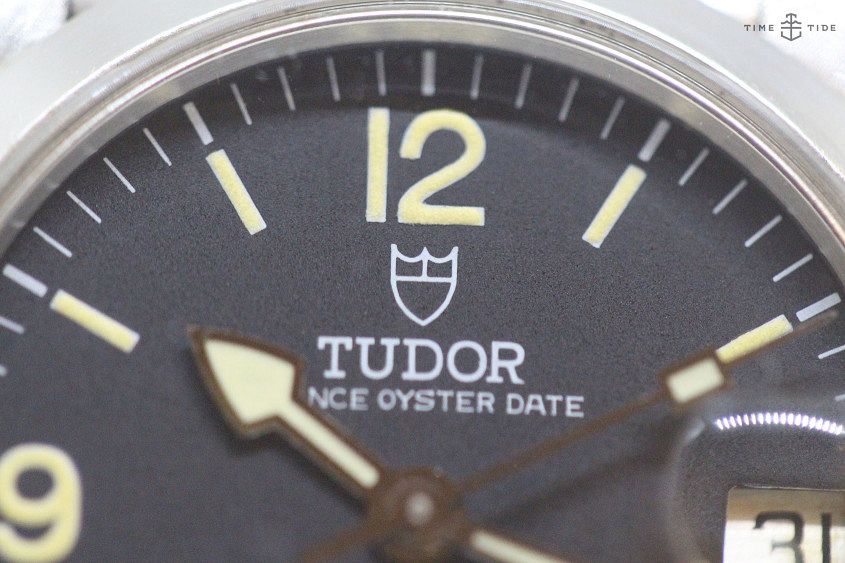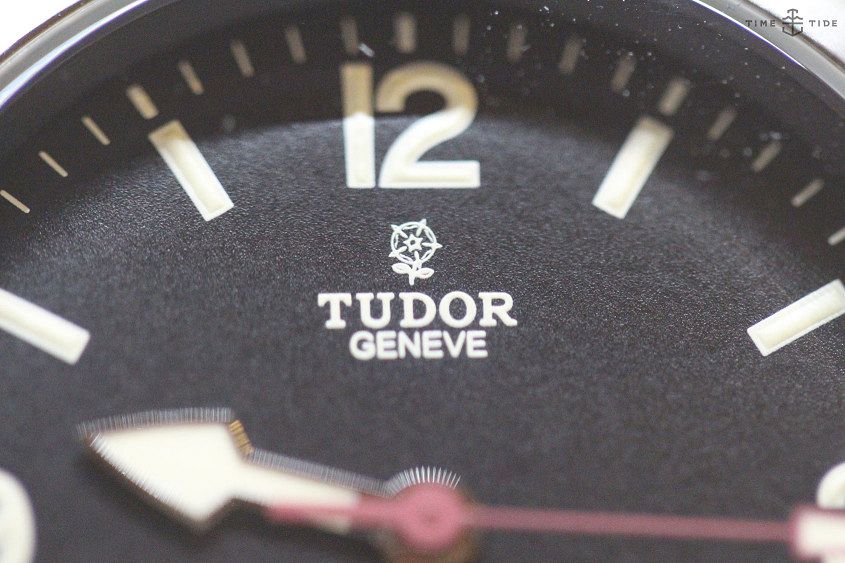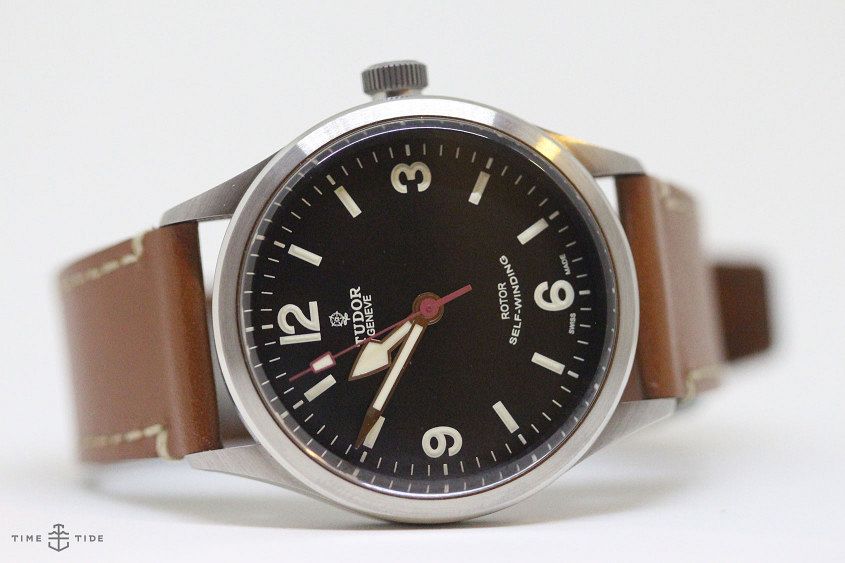IN-DEPTH: The Tudor Heritage Ranger and the original Ranger side-by-side
Felix ScholzLast year Tudor continued the march of their increasingly impressive Heritage collection with the addition of the Tudor Heritage Ranger, a simple three handed watch with a rugged, outdoors persona. It added just enough to the original Tudor Ranger while keeping the military mandatories.
With Baselworld 2015 fast approaching, speculation is starting to build around what rabbit Tudor is going to pull out of their heritage hat this year. Will we see a line extension of the Heritage Ranger? Maybe even a Ranger GMT?
We’ll have to wait a few weeks to find out, but in the meantime let’s put the Original Ranger (OR) and the Heritage Ranger (HR) face-to-face and lug to lug. How do they compare? What exactly did Davide Cerrato, Creative Director of Tudor, do to bring the Ranger into a new millennium?
We reached out to our friend Tim C and borrowed his vintage Tudor Ranger date, dating from somewhere in the 1970s or ’80s. As you can tell from the Shield logo and ‘Ranger’ only text, Tim’s Ranger is a later example of the watch which first appeared in Tudor’s catalogues in 1969. Otherwise it provides an excellent starting point for a comparison between the two models.
First Impressions
If you look at the Heritage Ranger and the original Tudor Ranger in isolation you are drawn first to the similarities. But put them side-by-side and you can’t help but see just how different they are. This is a testament to how well Tudor have captured the spirit of the original and placed into a completely new watch.
The Case
At 36mm the case on the original Ranger is completely different to the 41mm Heritage Ranger, and not just in size. The case for the original is clearly a Rolex case – you can’t miss the iconic look of the wide bezel and those lugs. But just in case you’ve never seen a Rolex before, the crown and caseback of the original are signed Rolex. Of course this was fine back when Rolex and Tudor were much more closely aligned. But today Tudor has developed a separate identity, and it extends to a unique, easily differentiated case design.
Tudor have definitely achieved this in the HR. Aside from bumping up the case diameter, they’ve made it a thicker, more slab-like case too, which while in line with the brand’s youthful and more contemporary vibe does lose some of the elegance of the original.
This difference is most clearly seen in the details of the OR case, particularly the lugs and the crown. The lugs on the original are wide and brushed, and perfectly suit the functional aesthetic of the watch. The HR preserves the same essential shape of the lugs, but they somehow look more delicate in the context of the larger case, also with a more uniform finishing. On the other hand if the HR were to keep the same proportions as the original lugs I suspect they would overpower the watch. There’s a nice continuity in keeping both lugs drilled however.
The crown on the HR is a radical departure from the original, which is of course the instantly recognisable Rolex crown. The HR bumps up the size, exposes the stem and softens up the finishing. Of all the elements of the watch, the crown is the one part that draws no real inspiration from the original Ranger – and boldly goes along the path of creating Tudor’s new design language.
The Dial
On both Rangers the case provides the architecture for the watch, and sets the tone. But the real personality flavour of the watch comes through on the dial, which also draws the strongest links to the original model. Not just through the obvious (and slightly larger) replication of the painted numerals, indices, chapter ring and handset, but also in the smaller details.
If you look at a close up of the original Ranger dial you notice the slightly rough, granulated dial texture. The HR has done a very good job of replicating this finish. But like with the finishing on the lugs the dial texture is almost too clean and too uniform – it’s clearly nigh on impossible to replicate in large commercial quantities the finishing of a dial made decades ago.
The same story is true with the dial printing. The shield logo on the original looks almost hand drawn and has a pleasing inconsistency – you can see unevenness of the paint in points. The logo on the Heritage Ranger (which is of the Tudor Rose, used on the earliest Ranger models) is printed, but it is printed perfectly.
The Verdict
It’s not a vintage watch, but it’s a really great tribute to one. The modernised elements, like the completely updated case shape and new crown have been very well received and reports are that it’s been a strong seller for Tudor. The quandary it raises though is that you can never capture the idiosyncrasies and imperfections (oh that seemingly hand-written original logo) of vintage in a modern, mass-produced watch.




